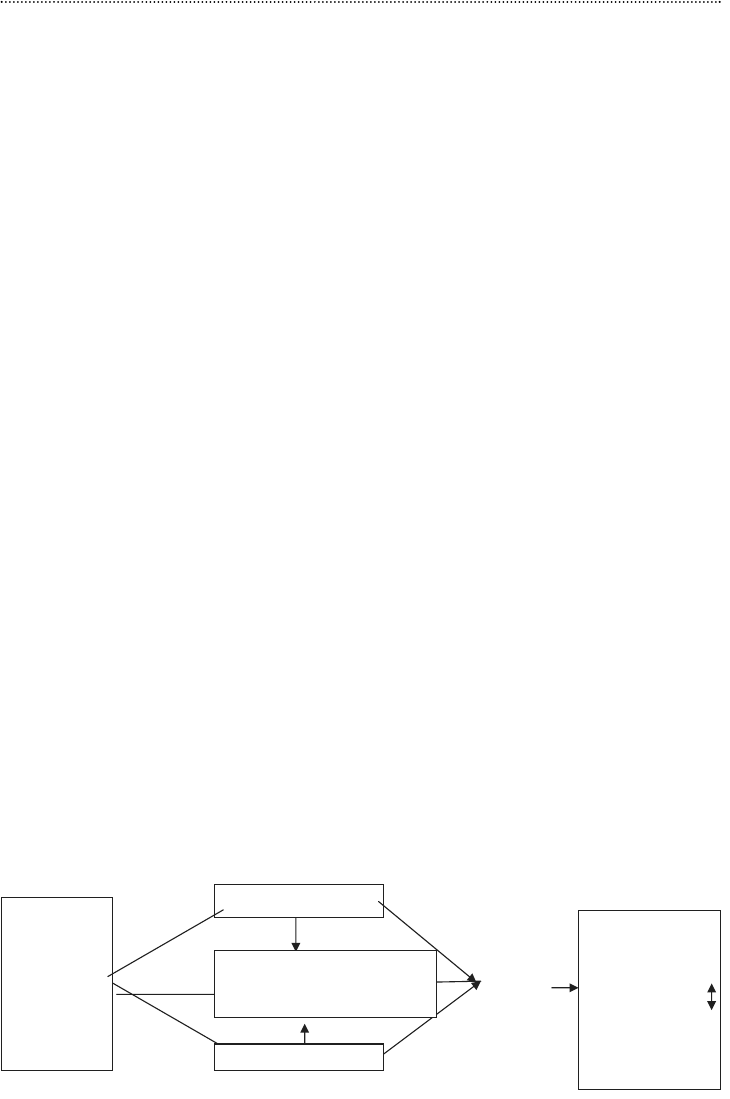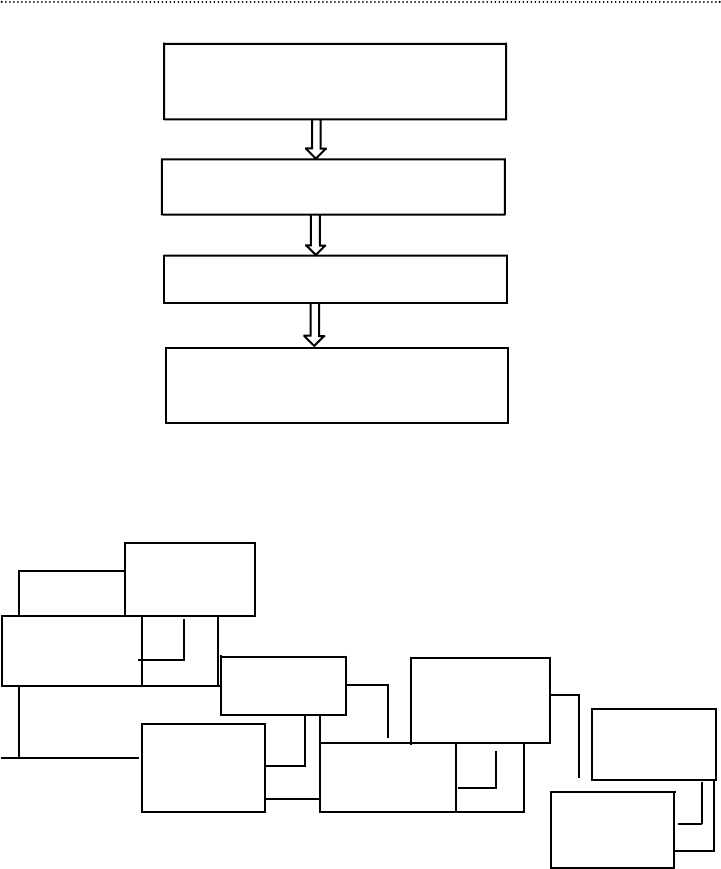
QUALITY FUNCTIONAL DEPLOYMENT (QFD)
QFD is a management-planning tool that translates customer requirements into
appropriate company requirements. The tool systematically unscrambles and
understands the voice of the customers (VoC). The information is then disseminated
across the organization in an integrated way to ensure built-in quality at each
interdependent stages for product or service development and delivery cycle—
the development stages include marketing, design, procurement, processing,
service, etc. Understanding VoC implies ascertaining the ‘un-stated’ requirements
such as those not stated explicitly, or taken as granted or not identified at the spec-
ification stage. The QFD tool resolves the apparent contradictions between the
requirements expressed by the customer and the tool also endeavours to find out
the factors that would delight the customers. The tool utilizes the expertise and
experience of relevant people involved in the process of designing, procuring raw
materials, producing, distributing and servicing the product. Even relevant peo-
ple from the supplier organizations are consulted. These steps ensure that that
there is no perceptible ‘gap’ in understanding the customer needs across the
organization. Dr Mizuno, professor emeritus of the Tokyo Institute of Technology,
developed the concept of Quality Function Deployment in the late 1960s. Over the
years QFD has evolved into a flexible tool to factor the needs of all stakeholders
into the design process. Figure 12.4 outlines the QFD principle.
QFD primarily utilizes a set of planning matrices in the different phases of the
product development cycle to ensure translation of customers’ need and expecta-
tion into the actual deed of delighting the customer. Besides the concerned people
within the company, people from supply and delivery chain entities are consulted
for their valuable inputs. Figures 12.5 and 12.6 outline the basic principles and
steps applied at each stage of QFD right up to final delivery.
It is important to get the design right in the first place since about eighty per
cent of the cost of a manufactured product is determined by the design. The other
twenty per cent is affected by post design changes and measures for process opti-
misation. No figures are available for services; however, a similar ratio can be
applied.
MANAGEMENT TOOLS AND TECHNIQUES 363
Specific Requirement
Customer
Expectation
Direction and actions in
terms of Engineering
Characteristics
Implied Expectations
Common
language
Deployment
through
Product Planning
Product Development
Procurement
Process Planning
Production planning
Production
Delivery
Service
Figure 12.4: Quality Functional Deployment (QFD) Tool

QFD utilises a specialized adaptation of a generic spreadsheet, which is often
referred to as the ‘house of quality’. The house of quality spreadsheet factors in
additional information, including competitive technical data, customer servicing
data, and so on. The objective of QFD is to translate customer expectations into
requirements, and then into directions in terms of operational characteristics for
concerned departments. Conflicting characteristics or requirements are identified
early on and resolved before production. Once understood, the matrices are not as
complex as they appear to be, they actually simplify the presentation and analysis
364 TOOLS, TECHNIQUES AND STRATEGIC ENABLERS
Figure 12.5: An Outline of the Basic Stages of Quality Functional Deployment (QFD)
Figure 12.6: The steps involved in Quality Functional Deployment (QFD)
Delivery
Requirements
Design
Requirements
Design
Requirements
Customer
Requirements
Manufacturing
Requirements
Manufacturing
Requirements
Part
Characteristics
Part
Characteristic
S
S
S
S
S
S
S
S
S
S
S
Phase I: Product planning, starting
with the voice of the customer
Phase IV: Product planning,
prototype and product launch
Phase II: Product development
Phase III: Process planning
Get Total Quality of Management now with the O’Reilly learning platform.
O’Reilly members experience books, live events, courses curated by job role, and more from O’Reilly and nearly 200 top publishers.

